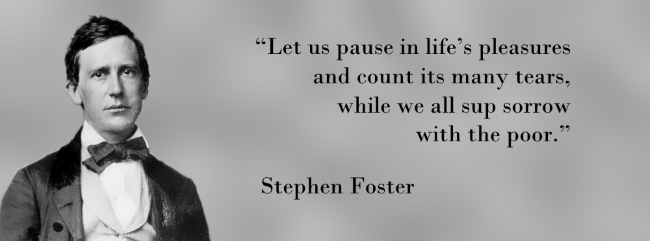How Exposition Kills Scene Emotion
Sat Aug 12 2017
You don’t have to look hard in writing circles to find advice telling you to avoid exposition. I agree wholeheartedly with it. But lost in these dictates is any kind of deep look at why not. What is it that exposition does that’s so bad?
The short answer is, "it messes with your readers minds." To see how, we have to compare what scenes and exposition do to readers’ minds in the first place.
The effect of scenes
Scenes are presentations of events within the story. Readers get to watch as characters go places, say things, and do stuff.
Reading a scene puts your readers into what I call "empathy mode."" As readers watch those events unfold, the scene builds up a certain momentum equal to readers’ sense of who’s in the scene, how everybody’s feeling, what their attitudes are, etc.
Your readers are busy creating models of the mental states of the characters, allowing them to intuitively understand the emotions of the scene and empathize with the characters. With every event that passes, readers models become clearer and thus they become more deeply engaged with the scene.
Empathy is nothing more than this human ability to understand other people’s feelings. I would argue that this experience of empathizing with the characters--and thus vicariously experiencing those feelings ourselves--is an enormous part of why people read stories at all.
The effect of exposition
Exposition, recall, is when the writer interrupts the flow of a scene in order to present static information related to whatever’s going on. Usually it’s some kind of background information the writer feels you’ll need in order to properly understand whatever is about to happen next.
The general structure goes something like this:
[Paragraphs of stuff happening. For example an underage character going to pawn shop to buy a gun, wondering if he’s got enough cash, whether the gun can be traced, and worrying about whether the clerk is going to give him a hassle about the purchase.]
[A paragraph or so of details about the various firearms behind the counter: their rates of fire, calibers, trigger weights, and so forth. Perhaps also some background on the state’s laws concerning firearm purchases or concealed-carry permits.]
[Paragraphs concluding the scene, letting us know whether Johnny got his gun or left disappointed.]
The tipoff for exposition is always that the information presents facts, rather events. Usually, but not always, you can also spot it because the author has helpfully collected all the facts into one solid block for you.
When readers hit that block of facts, they shift gears. Empathy mode is not suitable for processing a bunch of static facts that don’t change their model of the characters’ mental states. Thus, readers switch to "cataloging mode."
You’ll remember what cataloging mode feels like from your own experiences of studying for tests in school. Whether you’re consuming actual facts about the Boer War from your history textbook or the made-up facts of a story, you’re doing a whole different kind of thinking than when you’re reading a scene.
Which is more fun?
Having looked at these two modes of thinking, I feel I hardly even need to write a conclusion to this article. You can see where this is going.
Empathy mode is very active, since readers are tasked with keeping track of a changing situation. That’s what keeps them from getting bored. And emotionally, empathy mode is very satisfying since it allows that vicarious experience of other people’s feelings. Win-win!
Cataloging mode is like studying for a test. All the action, all the motion, of the scene comes to a screeching halt. Change stops, so readers become bored. Emotions turn off, so they no longer feel satisfied. Lose-lose.
That’s why the wise writer avoids exposition: because it shifts your reader’s mind into the wrong mode.

 @sonjablack.bsky.social
@sonjablack.bsky.social